Index
A closer look at Gainward GTX 465 Good Edition
Gainward GTX 465 Good Edition’s cooler comes with two fans. The fans are placed above the heatsink rather than in line with it (like on reference cooling), which allows for a larger heatsink. We didn’t like the fact that the cooler disperses heat within the case and only a fraction of hot air exits via I/O panel, but it’s still superior to the reference solution.
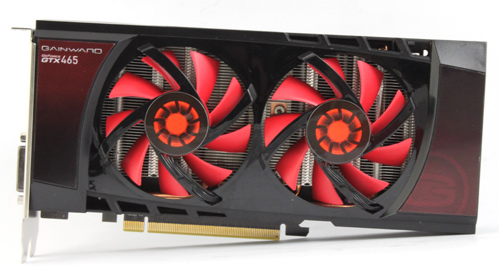
Since there’s not much airflow around the I/O panel and thus no need to convert one slot into an air outlet, Gainward pounched on the chance to put a DisplayPort video out. This makes Gainward’s GTX 465 Good is a video-out champ among Fermi cards, but unfortunately the GF100 will still limit you to two outs at the same time. If, however, you’re adamant to get that third video out, you’ll have to purchase another card.
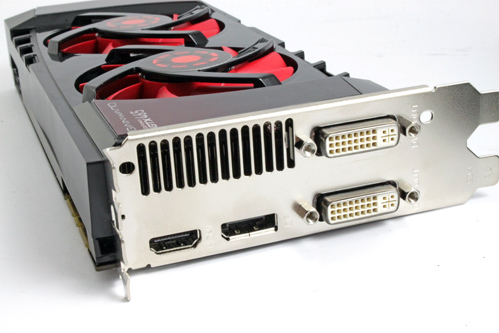
Below you see two cards – Gainward’s reference GTX 470 and Gainward’s GTX 465 Good. Since we don’t own a reference GTX 465 card we used the GTX 470 to demonstrate the differences, as both cards use the same I/O panel with identical set of outs, the same cooling and the same PCB.

Unlike previous Nvidia’s cards, Fermi cards no longer need a SPDIF cable, as an integrated audio processor takes care of audio via the PCIe bus.
The PCB on Gainward’s GTX 465 Good is 22.8cm long, compared to the 22.8cm long reference PCB.

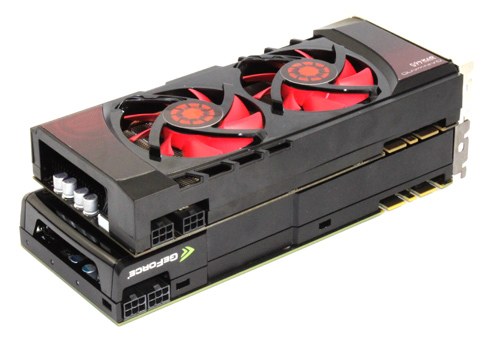
The card draws power via two PCIe connectors.

The GTX 465’s cooler takes care of memory as well as power regulation circuitry. The green areas you see on the picture are thermal components which are placed to be in direct contact with various PCB components.

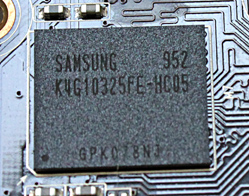
Three heatpipes route GPU heat to the far ends of the heatsink.
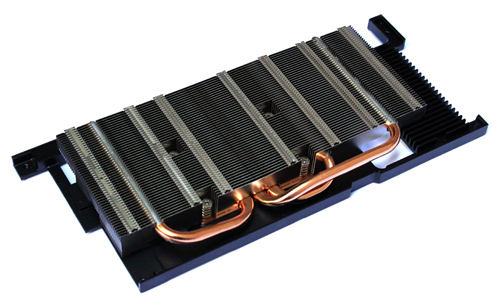
The fans are a part of the plastic hood. Both fans are on one 4-pin connector so RPM regulation will be easy.

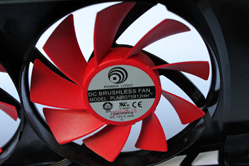
Like the reference card, Gainward’s Good Edition comes with SLI connectors.

